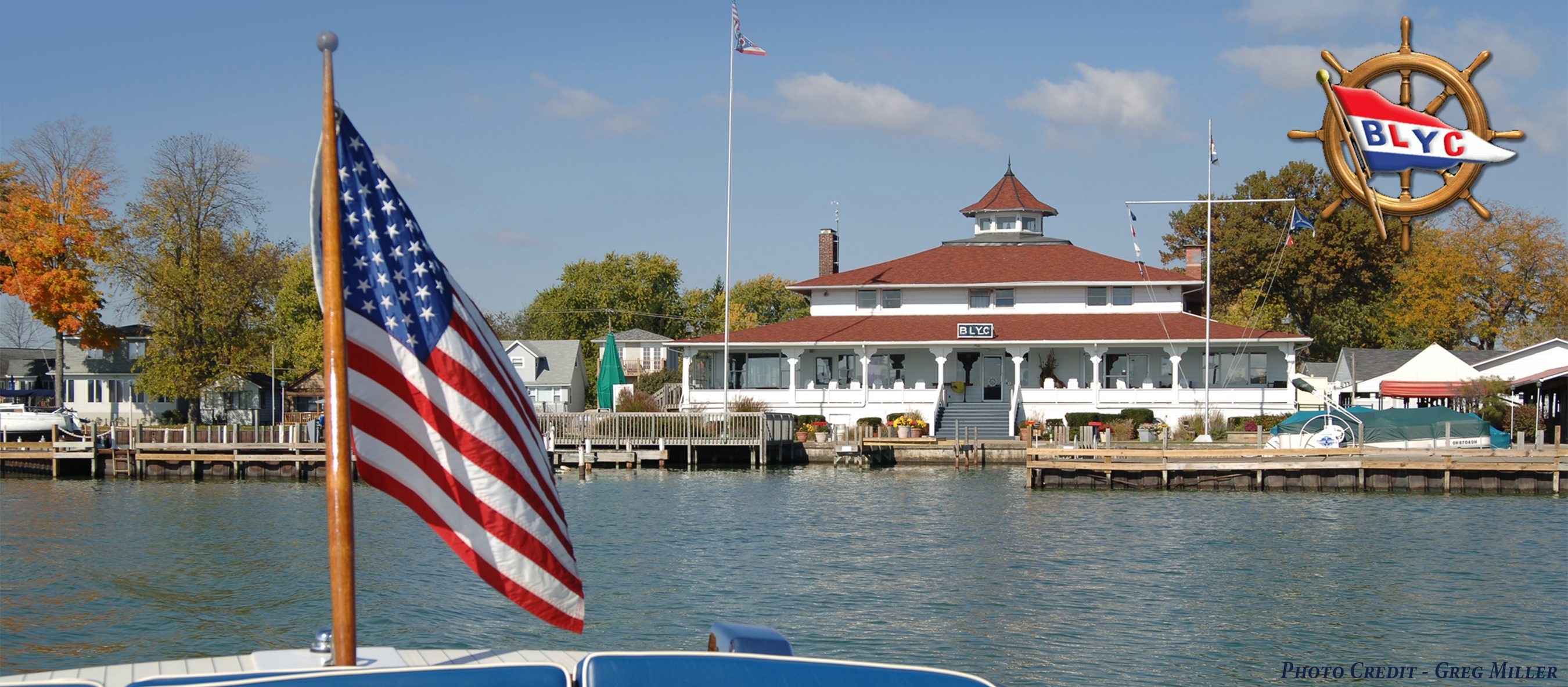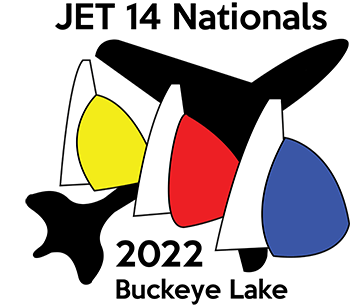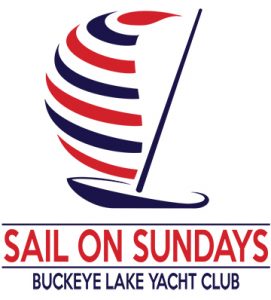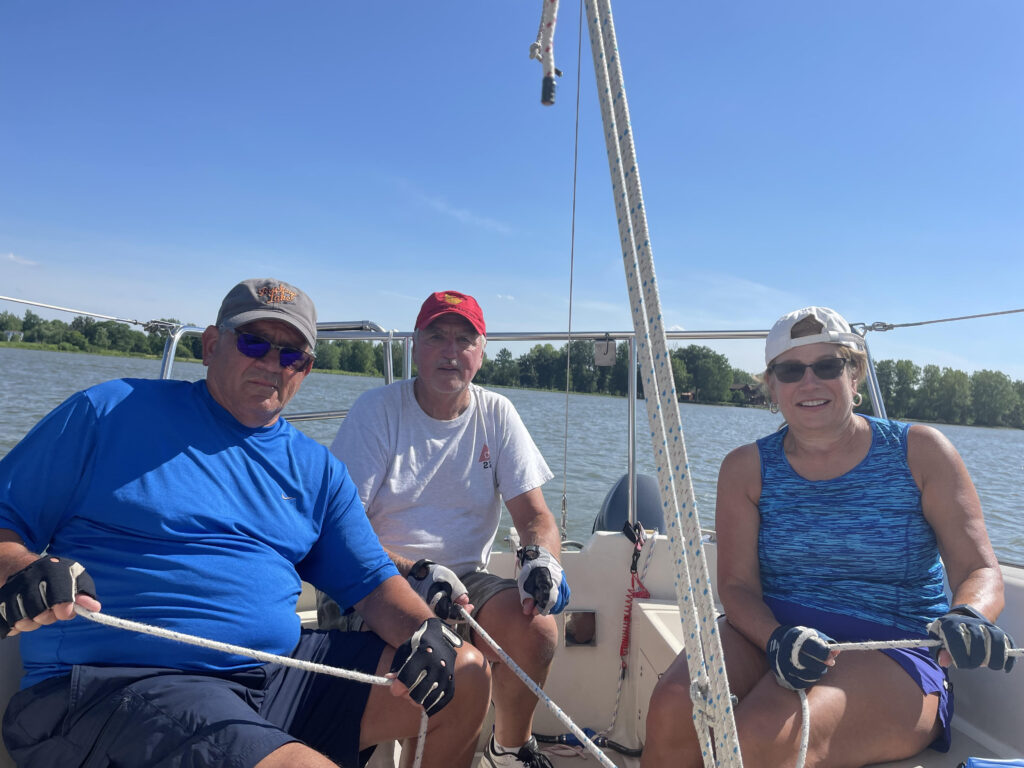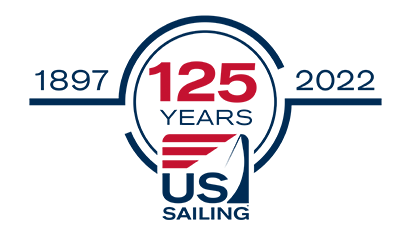Our fleet at BLYC continues to grow and it’s great to see so much sailing activity at the Club. Additionally, the public feedback and responses around the lake and on social media clearly show that we’re visible and appreciated in the lake community. Truly, we are working well to fulfill the first part of the BLYC Mission Statement – “Promotion of Yachting and Aquatic Sports” at Buckeye Lake. You are all a key part of this effort.
Over the past few weeks, I have fielded a number of questions from several in our fleet regarding how we handicap the racing. This is a good thing. It shows an increased interest and seriousness in what we do. That is to be applauded.
Handicapping is an interesting exercise and there is no one perfect system. Many may sometimes view handicapping as “voodoo magic” (myself often included.) That said, when we are sailing boats of different designs, with different sail plans and speed characteristics, it only makes sense to do our best to equalize the boats as best as possible. To that end, we continually review what we are doing and strive to be the best at it as we can.
What do we base our handicapping ratings on?
At BLYC, we use a modified version of PHRF (Performance Handicap Rating Fleet). PHRF is by far the most common (and easily understood) system used for handicapping larger boats in the US. There are, and have been, others through the years – IOR, IMS, MORC, Americap, etc.
The difficulty with PHRF is that there is no single PHRF rating authority (there are at least 40 in the US). This often creates a confusing situation where multiple authorities (that may even serve the same area) sometimes vary wildly in ratings for what are, essentially, the same boat (For example, PHRF Lake Erie, PHRF South Shore, PHRF Detroit, and at least one other PHRF organization in southeast Michigan all rate boats in western Lake Erie – it’s equally confusing in many coastal sailing “hubs”) Simply put, it is not a centralized system. Each authority depends on their own measurement and calculations in determining ratings. One can easily “shop” a more favorable rating from another PHRF organization. But using ratings from multiple authorities obviously introduces its own “unfairness” to the effort.
The one system – both in the US and worldwide – that is very standardized is the “Portsmouth Yardstick.” While there are some differences between US Portsmouth (also known as Dixie Portsmouth or D-PN) and that used in Europe (RYA Portsmouth), it is far more standardized.
Obviously, we don’t have the resources to do the necessary measurement & calculation, nor the number of boats to be statistically accurate, to operate our own PHRF authority here at BLYC. As such, we have elected to use Portsmouth as our base. As most sailors are more familiar with PHRF calculations than Portsmouth, we use a conversion factor to convert the standard Portsmouth numbers to PHRF. This conversion comes from
PHRF New England, one of the most respected PHRF authorities in the US. The same formula is recommended by US Portsmouth…
DPN = (PHRF/6)+55 or, solving for PHRF;
PHRF = 6(DPN-55)
More about Portsmouth Ratings….
US Portsmouth (which is administered by US Sailing, our National Governing Body) maintains
an extensive database that includes hundreds of sailboat designs commonly raced in the United States. This database uses standardized, accepted formulae as well as a large amount of historical race performance data in their published ratings. It is from this database that we take our base numbers. These numbers assume standard design and equipment –
without modification – including standard sail measurement. Obviously, deviations from those standards require modification (usually a subtraction) to a boat’s rating in order to keep things as equal as possible. As our club racing is intended to be FUN first, then competitive, we have always left the onus for reporting such modifications on the boat owner/skipper. US Portsmouth offers guidance on rating adjustments from such modifications in the
North American Portsmouth Yardstick Handbook, published by US Sailing. The handbook also provides formulae for calculating numbers for boats not in their database. (The one big difference with self-calculated ratings is that there isn’t the large data set used in the published ratings. Fortunately, we have only needed to make our own calculations for a very small number of “unicorn” boats who have occasionally raced with us through the years.)
I invite everyone to review those materials US Sailing makes available to us.
So how do we calculate the finishes?
(AKA… PHRF is confusing)
As previously mentioned, we use Portsmouth numbers to determine a PHRF number for competing boats. However, there are two primary ways to handicap races under PHRF – Time-on-Distance (ToD), and Time-on-Time (ToT).
ToD is the most commonly used in the United States – certainly in our area
The resulting correction is based on design (and modifications) only. You can easily compare PHRF numbers – for example, Runaway (214.8) and Reflection (232.8) – as a difference in “seconds per mile.” That is, for every mile of course distance, Runaway should be 18 seconds ahead of Reflection and “owes her” that much time. The difficulty with ToD is two-fold, particularly at our venue of Buckeye Lake. First, the RC would have to have accurate distance measurements for the course (not distance sailed, but course distance which is inherently different – no one sails directly to the windward mark.) Yes, this is relatively easy with GPS and it certainly can be done. However, we rely solely on a small group of very dedicated volunteers to set the course and run the races and it becomes “one more thing” added to their plate. More importantly is the fact that our wind conditions at Buckeye Lake are far from “normal” – some days we race in 8-10 knots (which would be typical for most PHRF racing), others barely 3 knots. Using distance alone, PHRF ratings cannot easily take into account the varying performance characteristics based on wind speed. A “slower” boat (based primarily on the ratio of sail area to displacement) is likely to be significantly slower than the ratings allow for in light wind, as one example. Add to this the fact that a course that isn’t perfectly square skews the effectiveness of ToD even more.
ToT is becoming increasing more common in the US and is very common in Europe.
The main difference between ToD and ToT is that Time-on-Time includes a wind adjustment in an effort to “normalize” the factors that ToD doesn’t allow for. The same basic comparison of the ratings is there, but the formula changes based on wind speed to allow for the situation described above.
Here is a primer on ToT scoring from PHRF Lake Ontario. ToT takes distance out of the equation and compares boat’s performance
in the actual race by applying a “Time Correction Factor” (TCF) to all boats in the race based on average wind speed as well as the composition of the fleet. Instead of thinking in terms of “seconds per mile,” as we would with ToD, it is now “seconds per time racing.”
Here is a primer for racing sailors from PHRF Narragansett Bay that goes into more detail. Generally, it is becoming viewed as a fairer, more easier employed, and more preferred method. BLYC has been using Time-on-Time, for those reasons, for well over a decade now.
So… the formulas? What are they?
PHRF ToT uses the following formula for calculating corrected times….
Regatta Network (the online scoring system we use at BLYC) makes these calculations for us using the above formula. As it applies a TCF to all boats in the race, generally all boats’ corrected times will be adjusted from their elapsed times – some “gain” others “lose” – but it helps to normalize times based on the conditions as well as the design.
If you’re still reading… Some closing thoughts…
- Since the 1980s when larger “cruising” type boats began to gain popularity at our club, BLYC has worked to find the most fair way to handicap boats of different designs. Many dedicated volunteers have worked on this effort. The main factors we have always considered are…
- Utilization of a standard rating system – in our case, Portsmouth
- A system that takes into effect varying conditions, not merely differences in design.
- Relative ease of use and (hopefully) understanding
- None of us are measurement and handicapping experts. While, personally, I may have a good understanding in the rules related to scoring both one-design and handicapped racing, Measurement is (and is defined as such in the racing rules) a separate role from that of race management. I don’t know that any of us have the experience and extensive knowledge necessary to truly understand all of the intricacies and idiosyncrasies of how ratings are calculated and, more specifically, how any particular modification affects boat performance. Thus, the use of the large, well tested, database provided by US Portsmouth.
- Racing at BLYC has always been promoted (and, in my opinion, should remain so) as FUN, social, and an effort to encourage participation in the support. We aren’t, in actuality, “competing” for much more than bragging rights. Fairness in competition is extremely important and always a goal, but we must also remember that “cultivation of sociability among its members” is the second part of the Club’s mission statement.
- One thing that no sailing handicapping system accounts for (nor should account for) is skill and execution. Many often think of handicapping in terms of how it is applied in golf. Golf handicapping generally seeks to equalize players – Sailing handicapping seeks to equalize equipment.
- I strongly encourage all sailors to familiarize themselves with the systems we employ to handicap the racing at BLYC. The more people we have that understand the process, the better we can work together to keep our racing FAIR and FUN.
Please feel free to reach out to me with any questions or comments.
Steve Harris
US Sailing National Race Officer
BLYC Race Management Consultant
